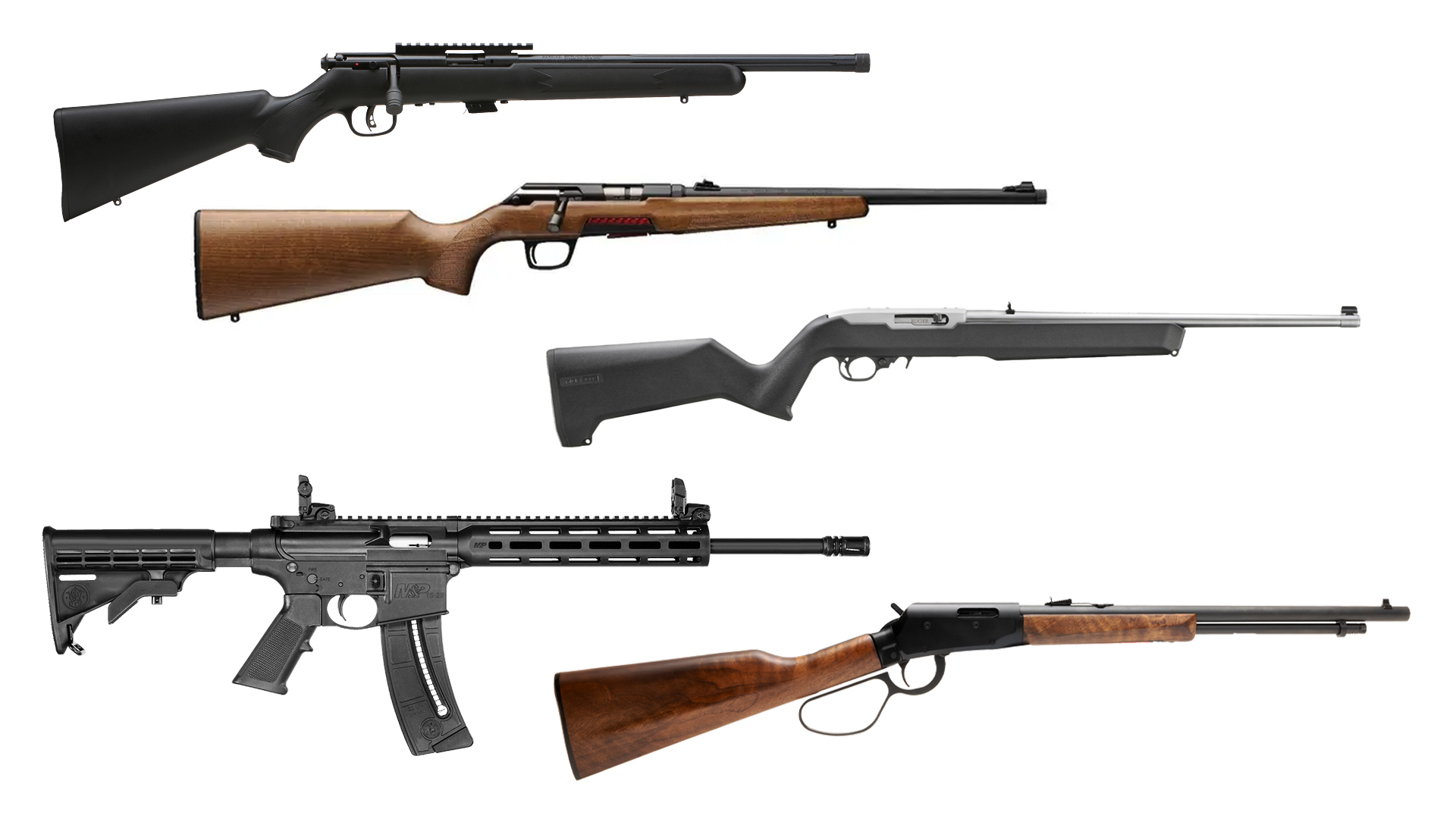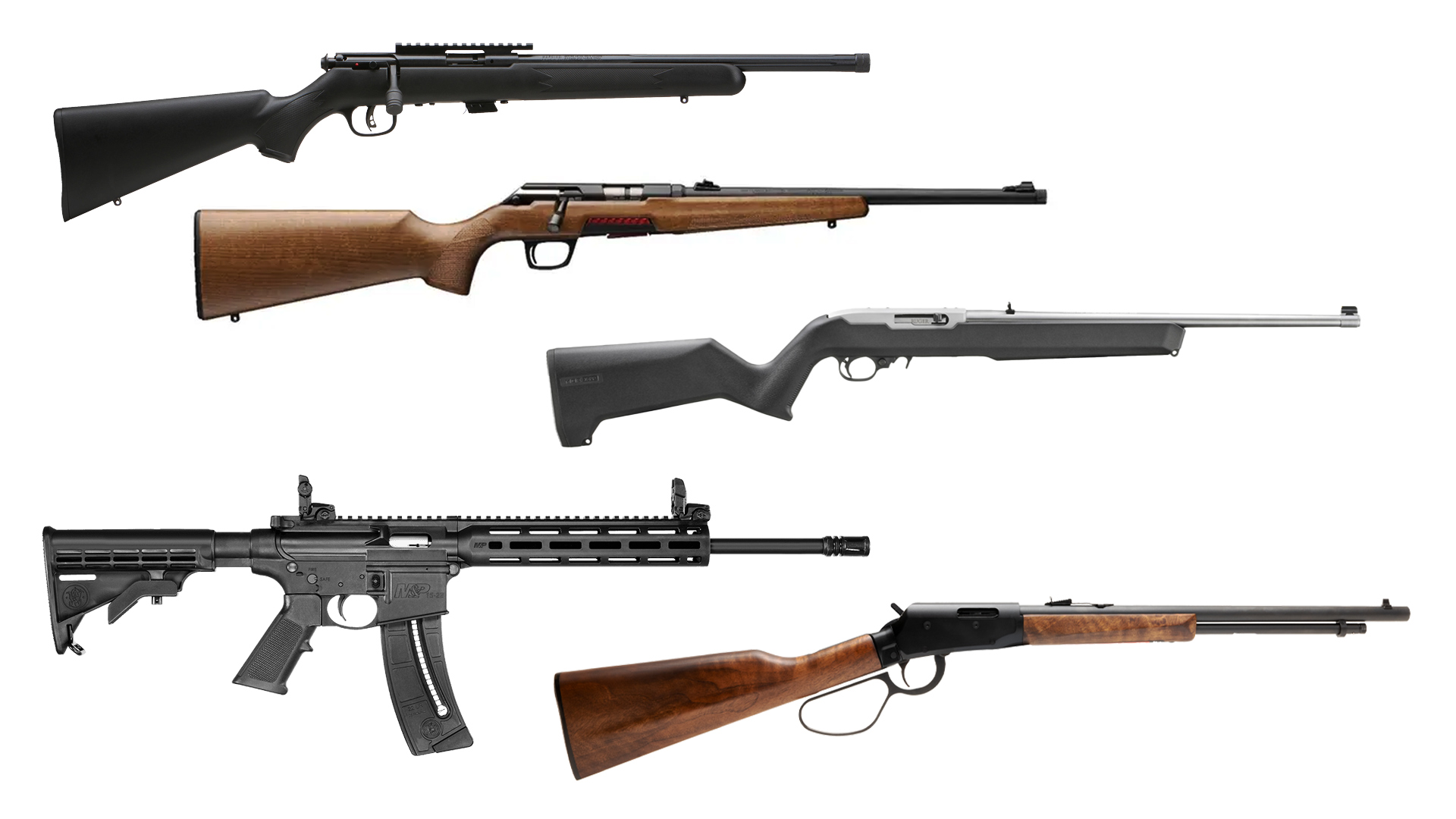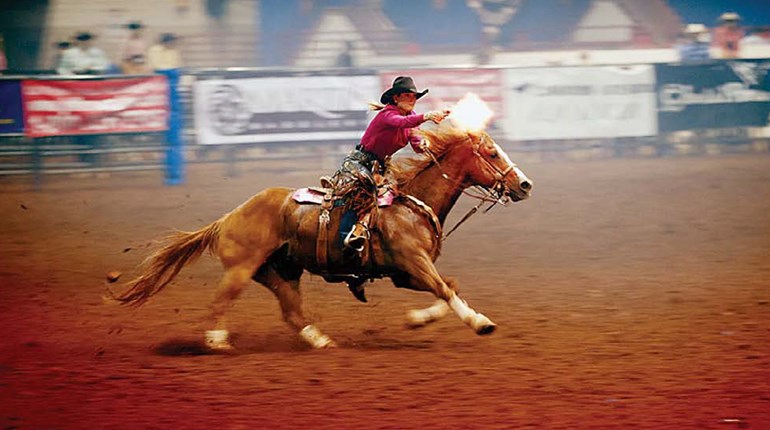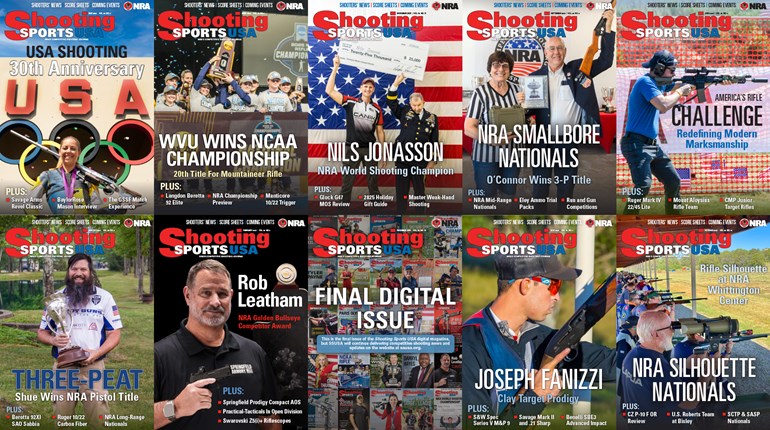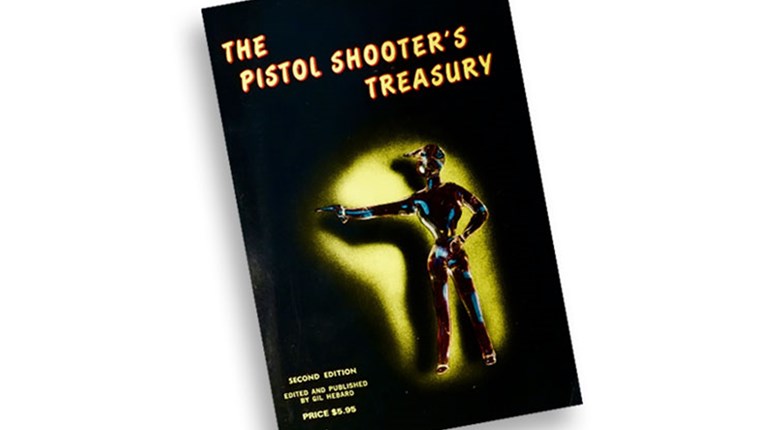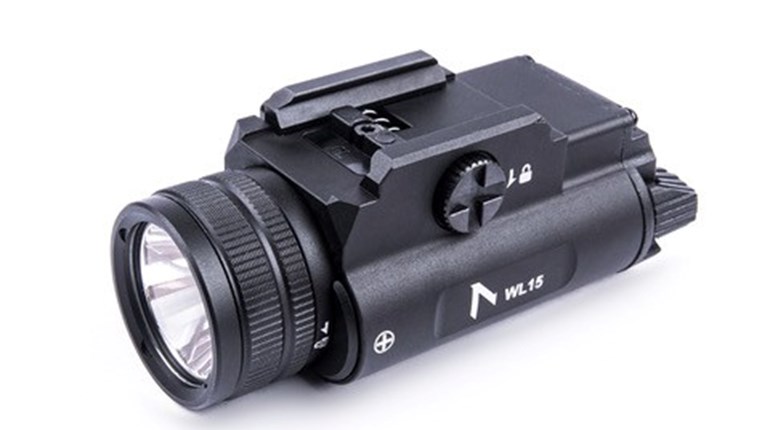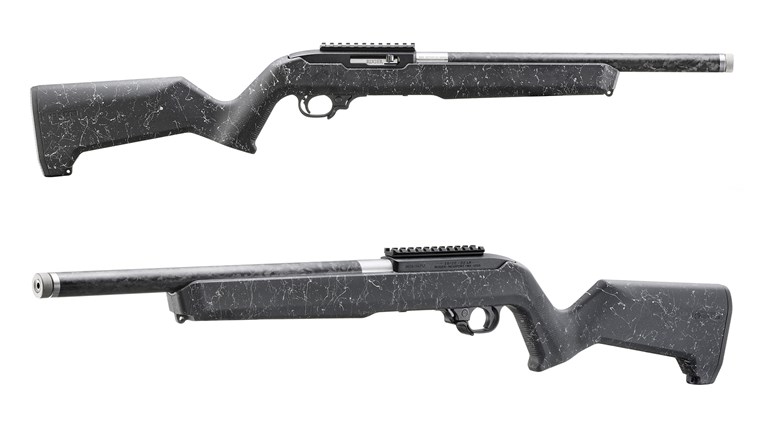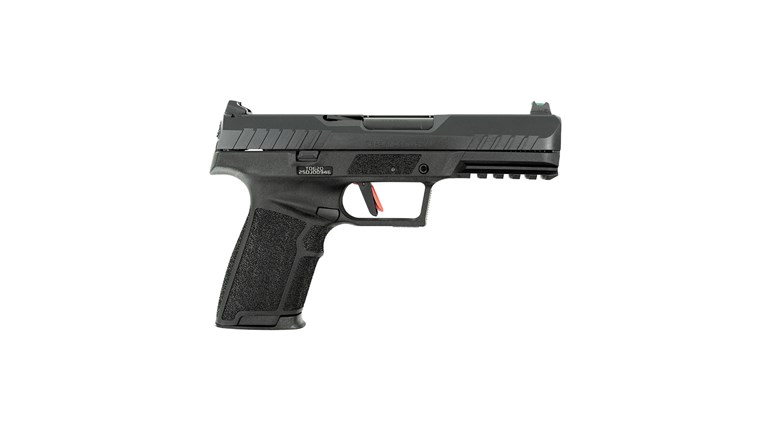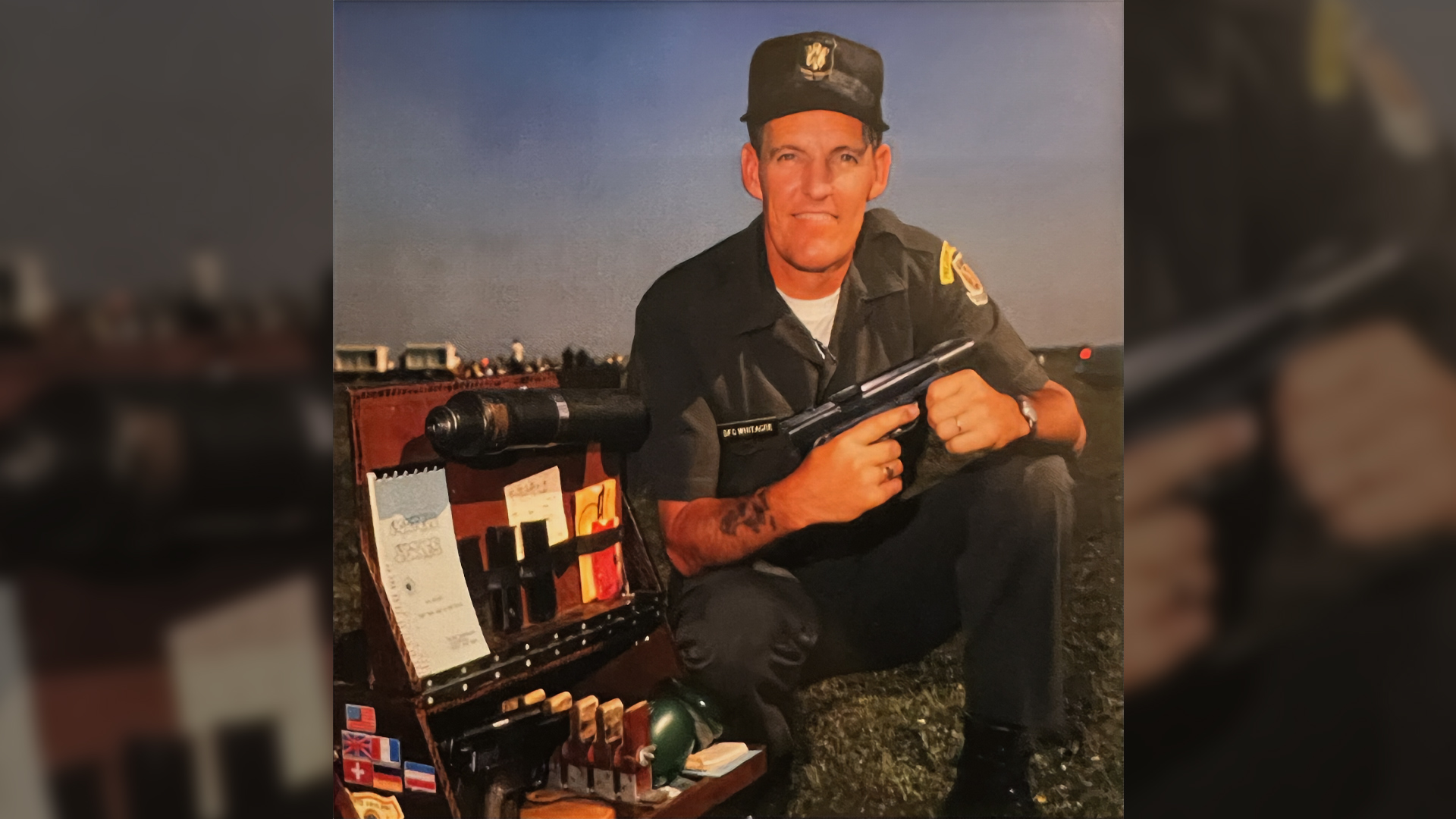
“The NRA was permitted on a no-cost basis to use the facilities and National Match equipment at Camp Perry, Ohio, to run the 1968 NRA Championships. The equipment was well maintained and was returned in better shape than when issued.”
—April 1969, memo from Lt. Col. Sidney Hinds, Executive Officer, National Board
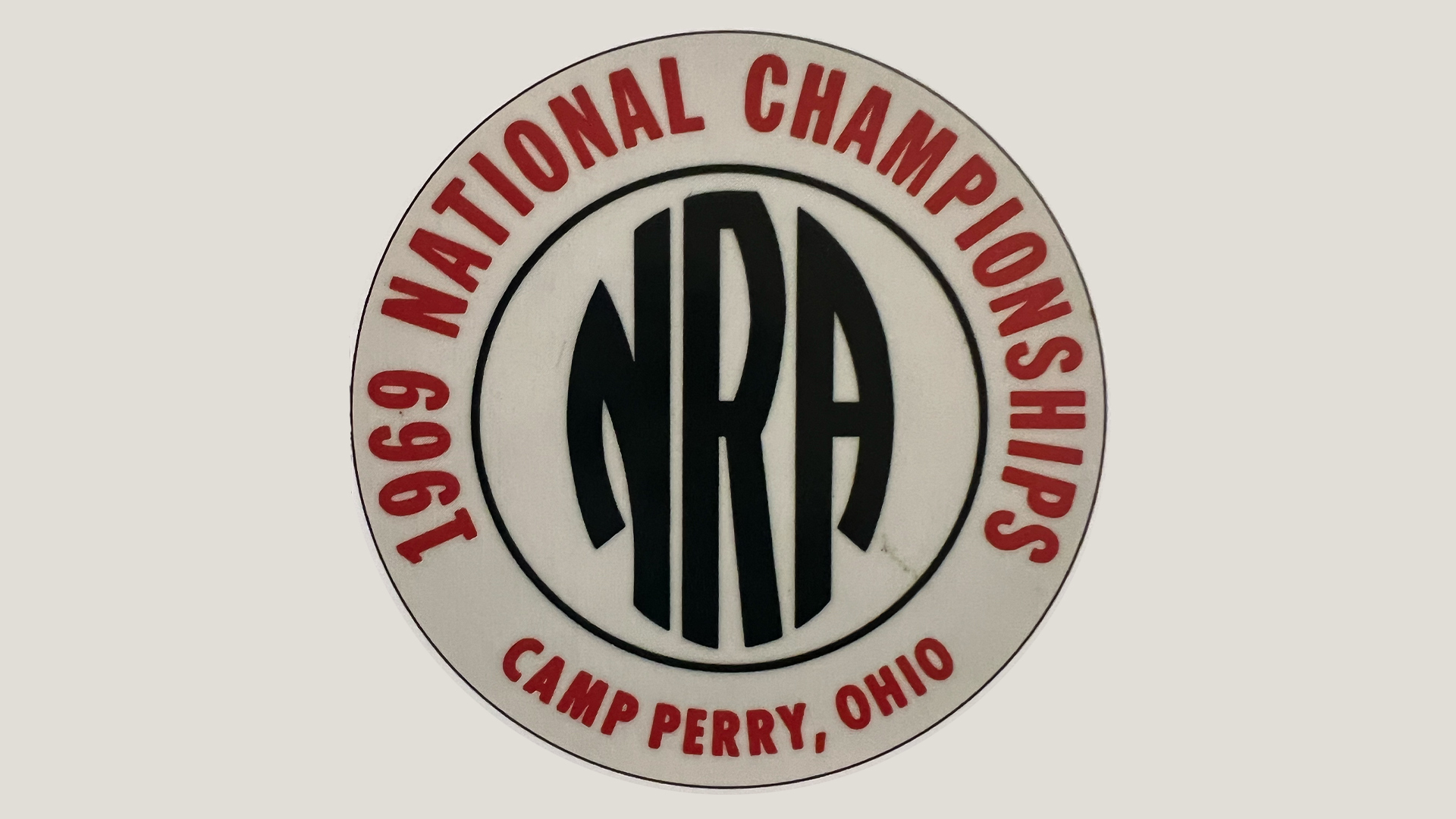
Lessons learned from the 1968 National Championships proved invaluable during the 1969 program at Camp Perry when the NRA again organized and conducted the event upon the absence of government and military support.
NRA Executive Director Louis Lucas returned in his role as Match Director and had at his disposal a full complement of volunteers to handle the more than 2,100 entries. The 33 percent participation increase from 1968 was due to a more substantial military presence this year, as more service shooters were back from Vietnam to fire in a program that featured the return of four National Trophy Matches. To accommodate this plus the return to Camp Perry of the NRA’s historic long-range events and high power and smallbore team matches, all of which had been sublet to other sites in 1968, five days were restored to the match calendar.
No Small Arms Firing School or Infantry Trophy Match was conducted, the second year into an idle stretch that lasted until 1975 for the former and 1978 for the latter. And what contributed to the resumption of the Board events was the change in Army Regulations (A.R. 920-30) on June 1, 1969, that established an entry fee policy for National Board for the Promotion of Rifle Practice service rifle and pistol matches conducted during NRA regional and championship tournaments.
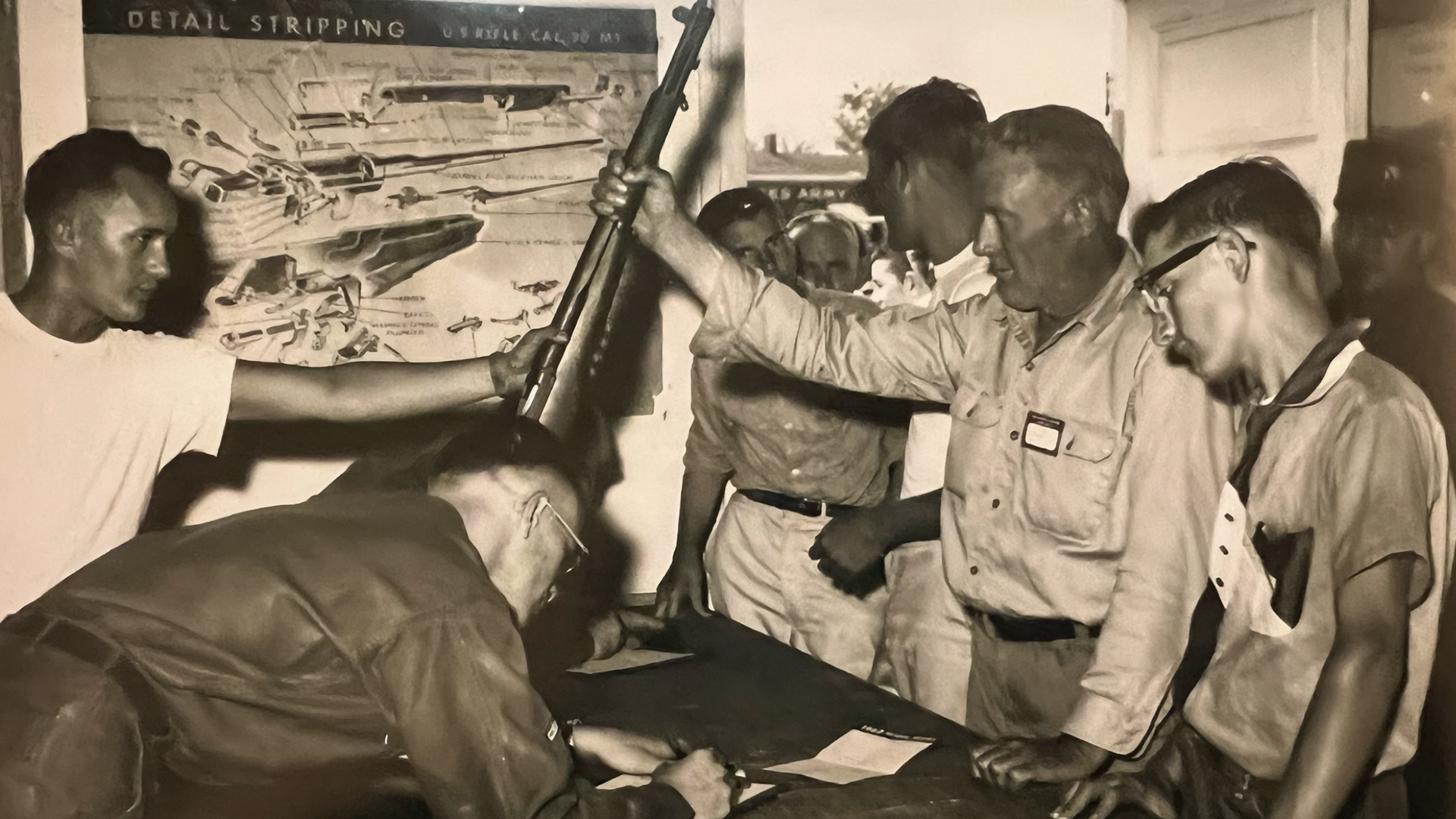
“Since the NRA started using the volunteer method, you have given older people a chance to show they are truly needed and have shown our youngsters that experience really does mean quite a bit. I only wish I could do more to help. Every time the matches end, I say, ‘Just 51 more weeks to go.’”
—NRA Instructor-Junior School volunteer account, The American Rifleman, October 1969
The NRA Police Instructor School, which included shotgun training for the first time, ushered in a National Match program that featured a number of broken records, In the pistol phase, the Navy’s Donald Hamilton got things started in a big way when his 2668-140X championship aggregate obliterated the previous record by 14 points. For Hamilton, it was his third national title in a decade still remembered for the dominating presence of Bill Blankenship, who earned six championships from 1960 to 1967.
Hamilton’s hot hand put him at or near the top throughout the program as he won the Warmup and Center-Fire Aggregates, the President’s Match and placed second in both the .22 and .45 Aggregates. In team competition, Army shooters dominated a field that did not include the previous year’s commanding victors, a unit of the Air Force Marksmanship School. The Air Force team was disbanded right before the start of the matches, but with the likes of Hershel Anderson, Bill Blankenship, Bonnie Harmon and Robert Whitacre on the same Army International Blue team that won the .22 and .45 titles, it might have been a moot point anyway. The team sweep was complete when other Army foursomes won the center-fire match and the National Trophy event.
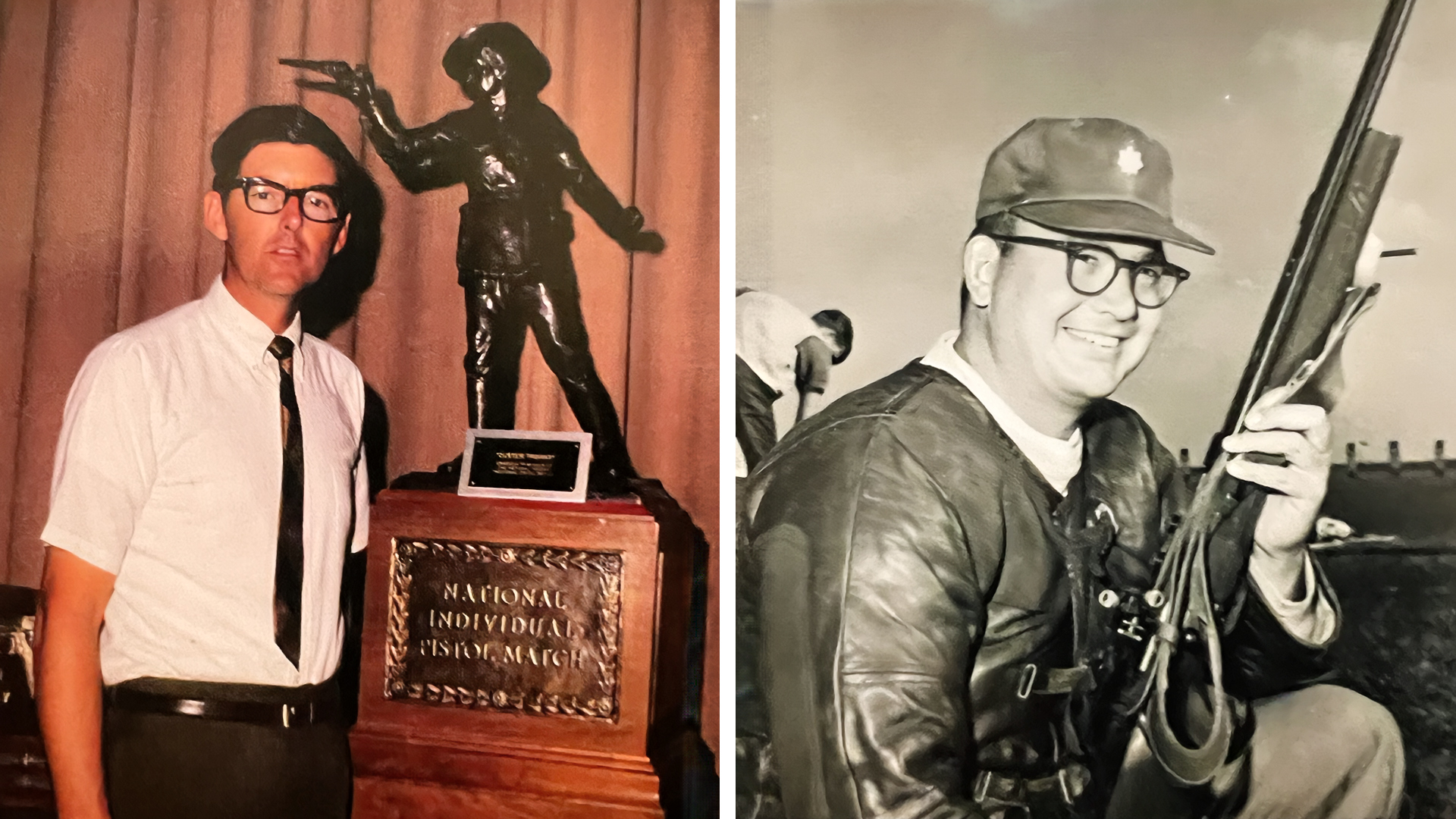
In the National Individual contest, championship laurels went to a civilian, albeit a recent Army retiree, for the first time since 1946. Ralph Thompson won the Custer Trophy with his score of 293-14X.
Significant to smallbore in 1969 was that entries increased, team fire rejoined the program and the position matches returned to the 3200 point aggregate after being halved the year before.
During the 1968 prone championships, Tom Whitaker got off to a great start but was overtaken after he faltered a bit. That was not the case for the Air Force staff sergeant this year though, as challenges by Marine Capt. Ray Green and Richard Hanson fell short, and Whitaker captured the prone title that had eluded him the year before. On his way to the open and service titles, Whitaker won four individual matches and the metallic sight championship. Hanson ended up with civilian honors just three Xs behind Green’s silver medal performance.
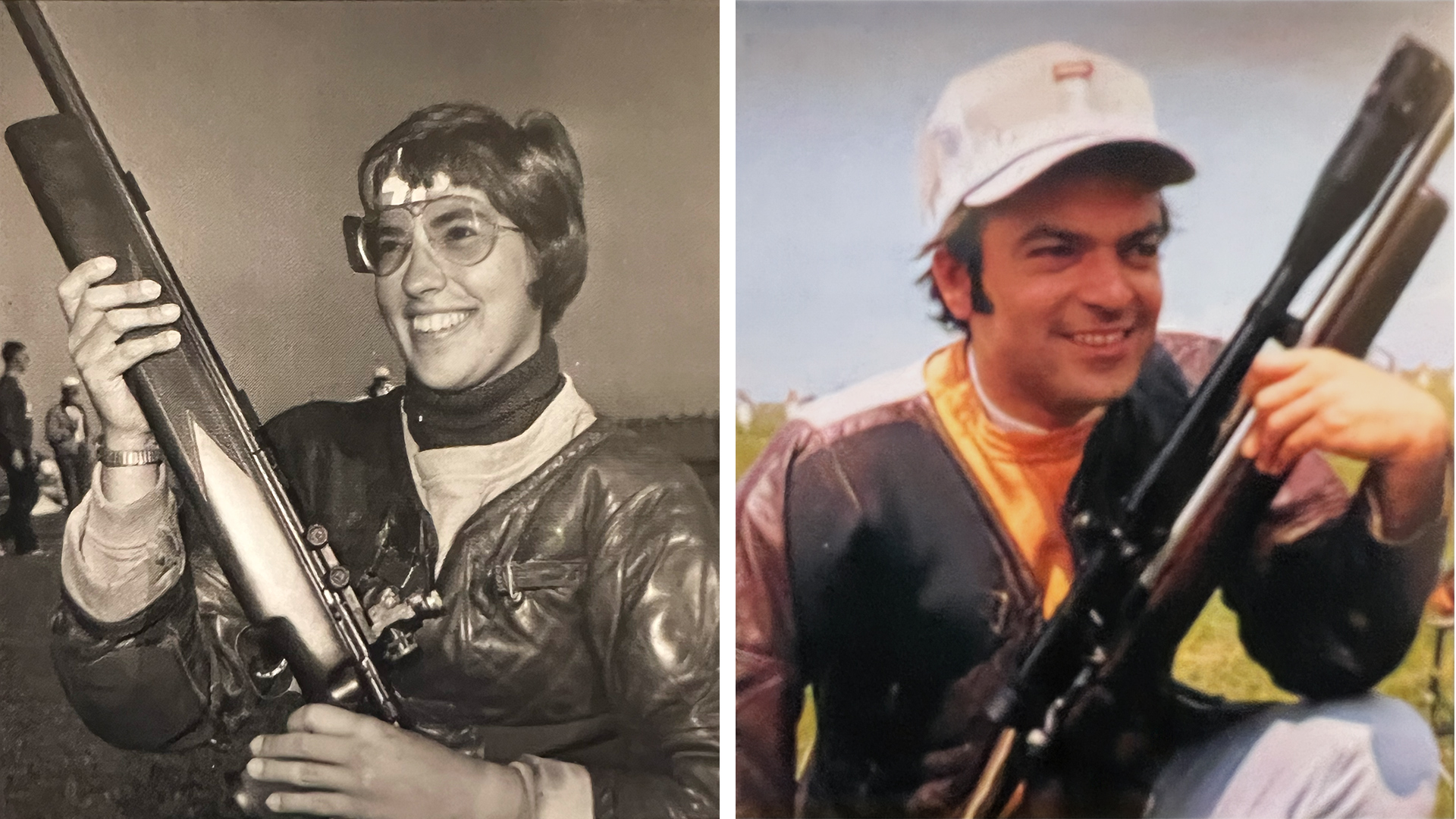
An old shooter with a new name claimed the title of women’s champion. Capt. Margaret Thompson Murdock, recently married to Marine shooter Gil Murdock, won her first prone championship after battling it out with junior Debbie Davis. In what amounted to a photo finish, the title was determined by Xs, and the Army captain’s 6384-490X was three better than the score posted by Davis. Both shooters fired as teammates on the Randle Team, where each cleaned the iron-sight Dewar course, and Murdock’s X-count of 38 was good for a Randle record.
The Army swept the position matches. Lones Wigger, Jr., led the charge with a record fifth win based on a score of 3167-185X, as fellow Army Marksmanship Training Unit shooters Lt. Phil Bahrman and Master Sgt. Bill Krilling rounded out the top three. Murdock, fresh off her prone triumph, established her preeminence with a record fifth consecutive women’s position championship. She also made National Match history as the first woman to win both a prone and position championship, in the same year no less. Civilian honors went to Charles Peterson, while junior and senior titles were won by Stephen Brooks and Maurice Kaiser, respectively.
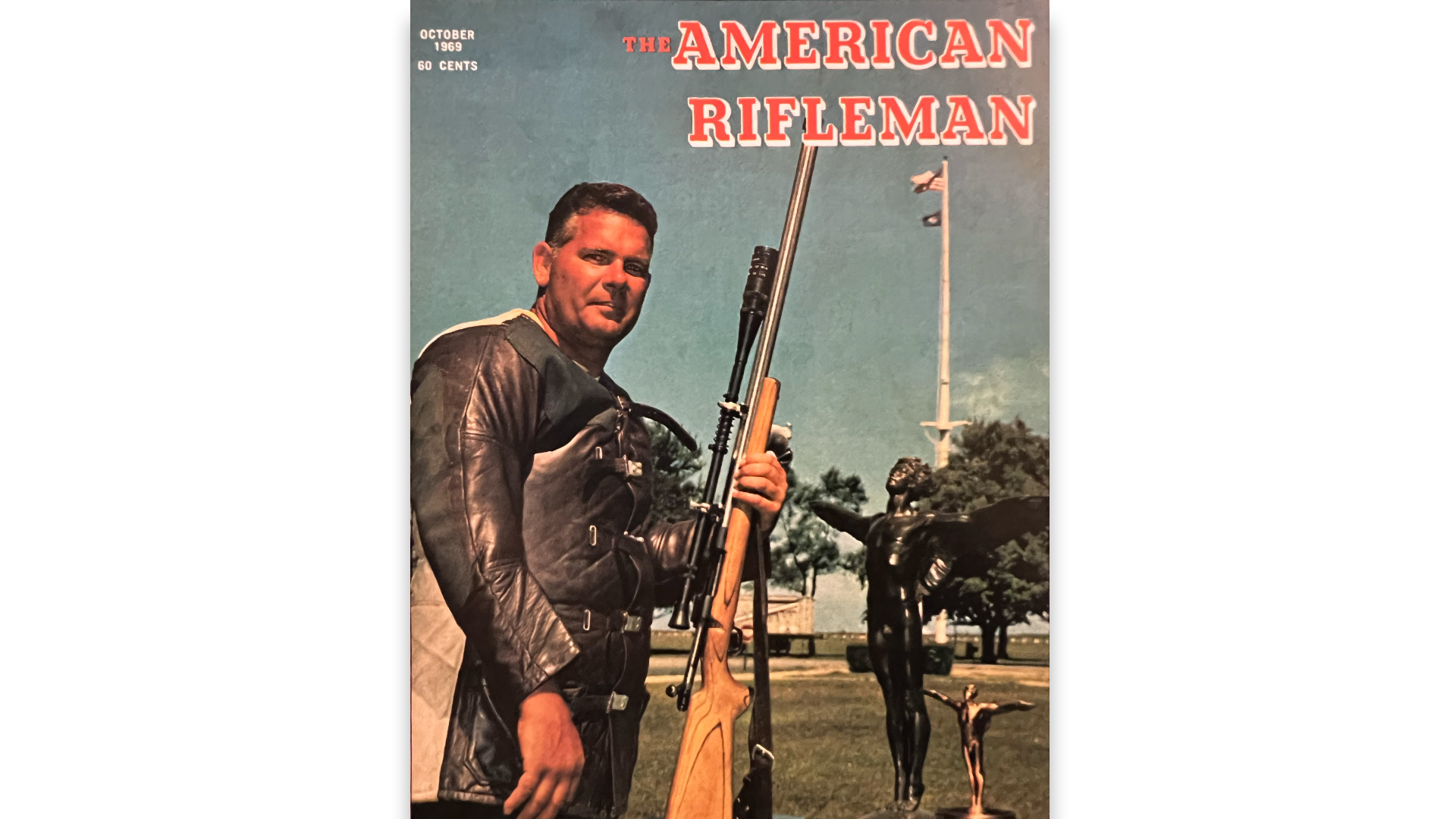
Theodore Fasy, in his fourth National Match competition, captured two coveted prizes in 1969: the Wright Trophy for the high power rifle championship and the Wimbledon Cup. The California civilian’s 1555-47X tally in the championship came without a single match win in either the President’s or Nevada Trophy Aggregates, while his Wimbledon win was earned in a tie break over two other shooters. Earl Burton, another California civilian and the 1961 Wimbledon winner, won the 1969 Leech Cup in addition to the Navy Cup and Nevada Trophy Aggregate, the latter by a four-point spread over runner-up Fasy. Service rifle honors and the DuPont Trophy went to Army Staff Sgt. Willie Jordan.
The return of team competition at Camp Perry was celebrated in record fashion as the Hardholders, captained by 1968 national champion Middleton Tompkins and led by high scorer Fasy, topped the previous Rumbold Trophy mark by 15 points. Enlisted Men’s Trophy honors went to the six-man Army Marksmanship Training Unit squad which remained intact but for one member and fired a record score in the National Trophy Team Match. In the National Trophy Individual contest, Army Staff Sgt. Terry Daugherty outpointed 533 others to win the Daniel Boone award and a National Match M1 rifle.

